
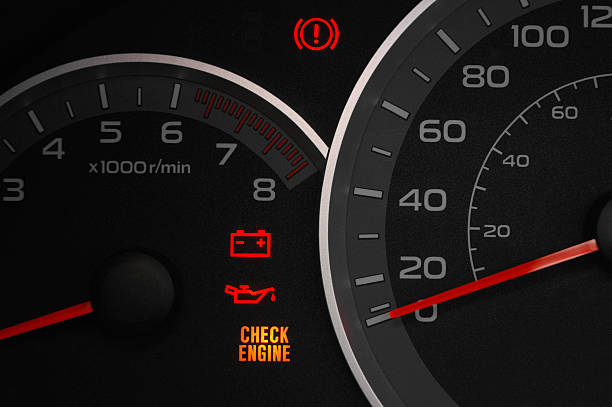
How familiar are you with the lights on your car’s dashboard? If you don’t know what the lights mean, you should get acquainted for general knowledge purposes and also to equip yourself in case of emergencies. Though general knowledge through your local mechanic or even your the dealership is good, one of the best places you can start, is by reading the manual to your vehicle.
We generally operate in a colour coded world. The lights on your dashboard are slightly that way as well. Generally, green or blue lights lets you know that a function or system in your car is functional or turned on. Orange or yellow warning lights generally implies that the vehicle or a specific device within the car may need to be serviced or repaired soon. These warnings are less urgent than if you have a red and/or a flashing light.
Typically, a red or flashing light on your dashboard signifies that you need to take immediate action!. Some red or flashing lights are safety warnings such as a seatbelt reminder or that a door is still open. Others tend to be related to the mechanical infrastructure like the engine overheating, for example. You don’t want to be driving if a red and flashing mechanical light appears.

Every car care professional will tell you that it’s best pull over and try to figure out the issue. You could also contact your road side assistance provider (assuming that you have one). If the issues go unaddressed, your vehicle will become damaged, operate at reduced optimal levels and put you, your passengers and other road users at risk. Ultimately, your car will stop working if you don’t fix the problem.
THINGS TO BEAR IN MIND
Every car is different, so the symbols on your dashboard may vary slightly from the ones mentioned in this article. If you’re unsure, refer to your vehicle owner’s manual.
Most of your dashboard lights will illuminate briefly when you turn your car on and performs a system check. As long as the lights turn off within a few seconds, everything should be operating normally. Bear in mind that you should have your vehicle serviced regularly. This best car care practice should reduce any anxiety that your dashboard warning lights may induce.
Additionally, we live in a time where some of our cars are completely electric. The warning lights are probably different there. So, if you own or drive one of those, these may not apply to you. However, they are good for general knowledge.
FOUR DASHBOARD WARNING LIGHTS
Oil Pressure Warning
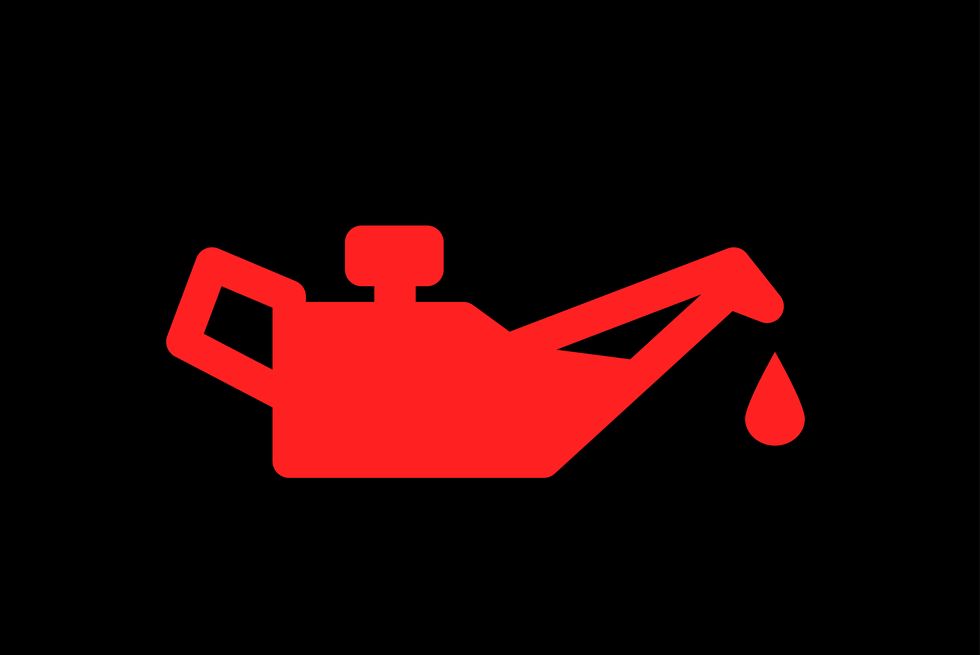
It is often represented by an oil can with a drop of oil coming from it. Some car dashboards may display the word “OIL” instead of the symbol. This warning light could indicate that your car is telling you that the oil is low. More seriously, it could mean that there is an oil leak, your oil pump isn’t circulating enough fluid to properly lubricate the surfaces inside your engine, or that you have worn parts like a blown piston ring or broken oil pump.
Tyre Pressure Warning
Some call it the Tyre Pressure Monitoring System (TPMS) and looks like two-thirds of a circle with an exclamation point in the middle. The little lines across the bottom are meant to symbolise the tread of a car tyre.
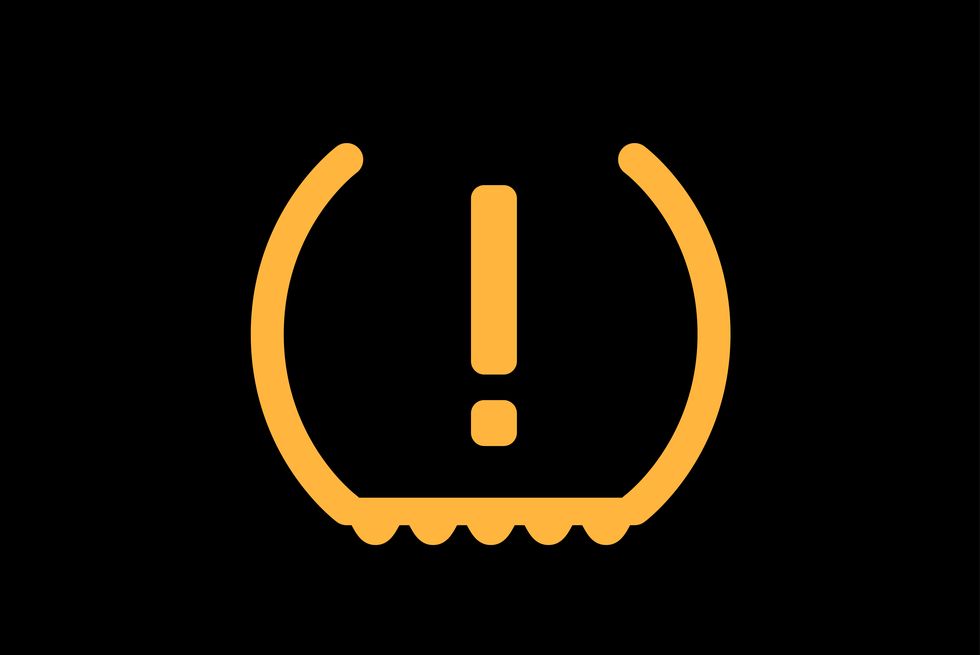
Generally, if the TPMS symbol is solid, it means that the pressure in one or more of your tyres is too low or too high. If it flashes for 60 to 90 seconds after turning on your vehicle and stays illuminated, then something may be wrong with your TPMS sensors. This might happen even if your tyres are properly inflated.
Once there is an indication that something is wrong, please pull over and contact a car care professional who can evaluate and either repair or replace your tyres.
Battery
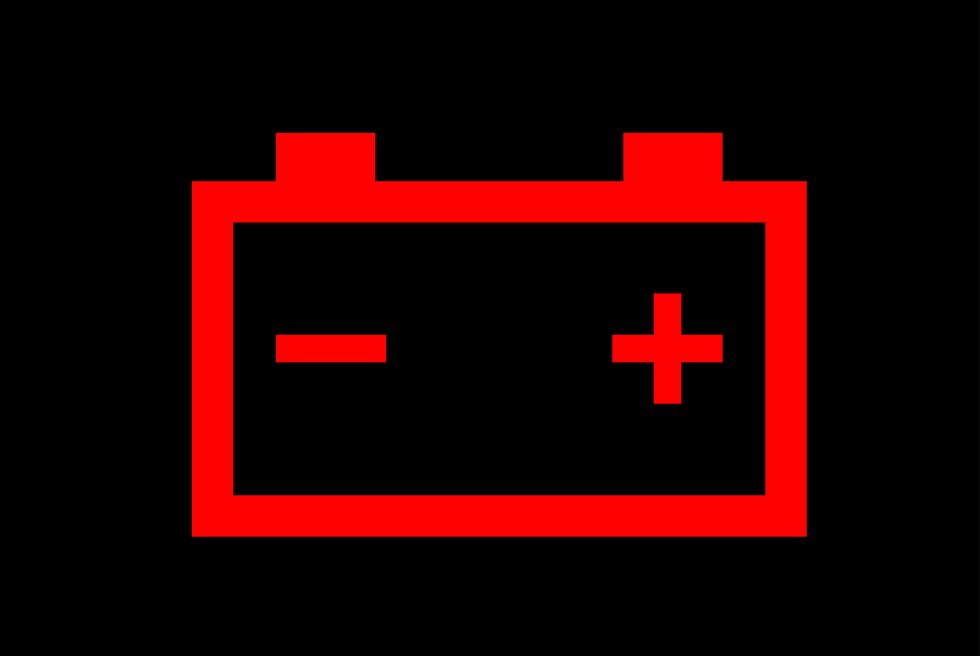
The battery warning is easy to identify. It looks exactly like the thing that needs attention.
This warning light is usually followed by a “whir whir whir” sound of a vehicle trying to start with a flat battery. Don’t be fooled if the battery light comes on and the car starts up and drives normally. There may be a long-term issue with the battery, or potential problems with the vehicle’s wiring, alternator, or other electrical components.
Low Fuel
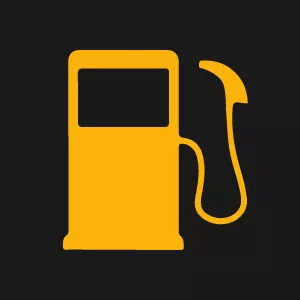
This warning light features the icon of a fuel pump.
Seeing this light usually means that you’re running low on gas and it’s time for a pit stop. If the icon has a triangle-shaped arrow on either side, it may be telling you which side of the car the gas tank is located.
Lastly
There are many other warning lights such as the engine warning light, the anti-lock braking system (ABS), engine temperature, airbag indicator warning among others. Get familiar with what they look like and what they signify. Lastly, service your vehicle regularly as guided by the user manual.
This is the fourth article in the weekly series, ‘Car Care Tips’ where we highlight various aspects of a car, how to provide care and maintenance for optimal performance while ensuring safety. This series may feature your favourite mechanic or others from the motor vehicle industry.
Read the third installment of Care Care Tips below:
Car care tips | How to care for your car brake system
Send feedback to [email protected]







Comments